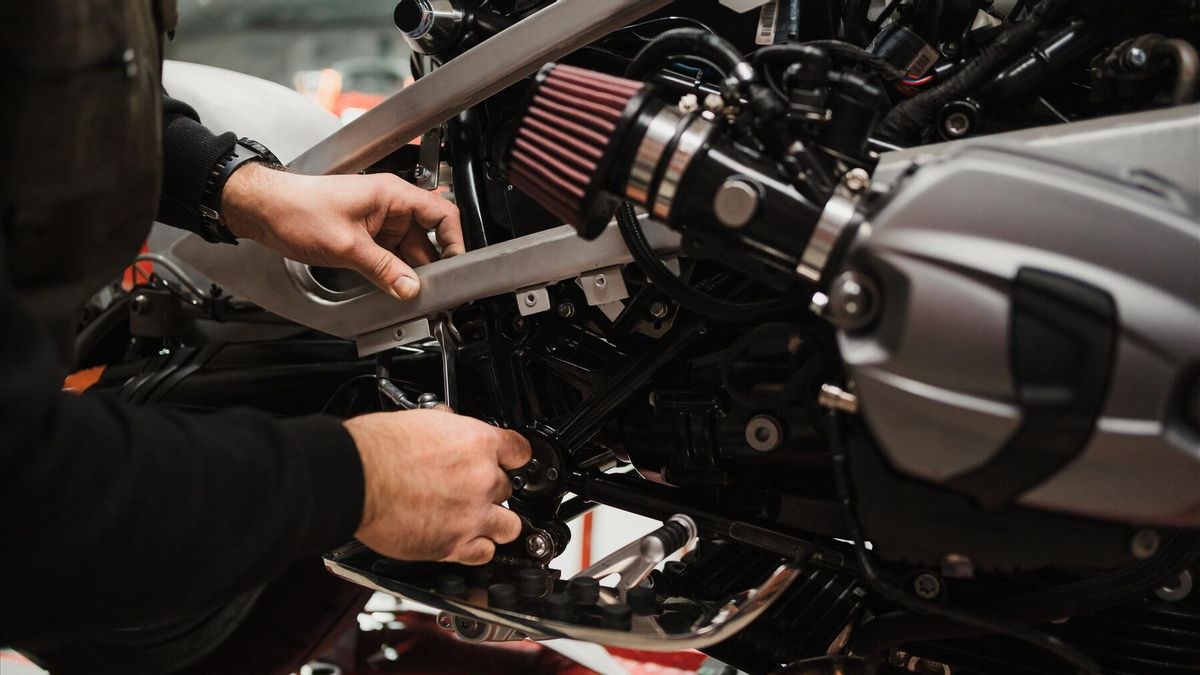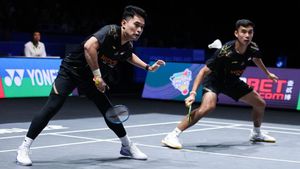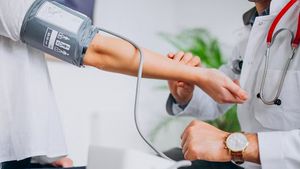YOGYAKARTA - Down the engine or overhaul the engine consists of a complex repair process. However, after this long and tiring process is complete, the work is not completely finished.
There are several important steps that need to be taken so that the newly repaired motorcycle engine can return to optimal and long-lasting work. This article will discuss in terms of what to do after the engine drops.
Reporting from the Wiseco page, here are some steps that you should take after the motorbike gets off the engine or overhaul:
At the start, keep the engine slightly above idle and give it several rounds up and down. The up and down power of the RPM makes the piston and ring aus evenly on the intake and exhaust sides.
If the motor is air-cooled, after the engine produces heat (it is too hot to touch) then turn off the engine. If it cools, after cooling the engine starts to rise, turn off the engine. This initial heating only takes a few minutes.
Now wait a few minutes until the engine gets a little warm when touched, repeat the steps above and let the engine get a little hotter. Make sure to keep the engine's RPM above the normal idle and keep the RPM up and down slowly. Then let the engine cool again until it's a little warm when touched.
Also read the article that discusses how Long Cas Aki Motor Is Being Carried Out? Check Out The Steps Here
This time, start and run longer until the engine approaches its operational temperature. If air conditioning, make sure you have a fan that pushes the air from the front. You can now raise the RPM slightly higher, make sure not to hold it at a sustainable RPM, but raise and lower the RPM.
Let the engine be really cold. Check all levels of liquid to ensure there is no loss of engine lubricant. After the engine is cold, check the busy to make sure it works well.
Since the engine has undergone several hot cycles, the gasket may have been compressed. So it's important to make sure the engine is really cold, and then check the torque of the cylindrical head nut.
Often cylindrical head nuts need to be tightened again. Don't overdo it, just tighten it according to manufacturer specifications like what you do when assembling the machine.
Next, heat the engine for a few minutes like you do on other procedures.
Then drive a motorbike, increase the engine RPM to normal driving RPM. Make sure you don't keep the RPM too low and don't burden the engine. This low RPM actually puts a much greater pressure on the parts of the machine.
If your bike is a trail, try running on the track is the best because later the RPM goes up and down that the engine will experience. Don't be afraid to run it normally.
However, if a road bike, the winding road is the best with RPM up and down.
Don't burden the engine and don't go to the open road with an engine on a sustainable RPM. This initial journey was only done about 5 minutes then let the engine cool until you can touch the engine.
Follow the same procedure as above, but this time run for 10 minutes. This step will be your last break-in journey. Follow the above procedure and run for 15 minutes.
SEE ALSO:
Now is the time to let the engine really cool again. Check the liquid as you did before after the engine is completely cold, and check the bus.
In addition to what to do after the motorbike gets off the engine, follow other interesting articles too. Want to know other interesting information? Don't miss it, keep an eye on the updated news from VOI and follow all the social media accounts!
The English, Chinese, Japanese, Arabic, and French versions are automatically generated by the AI. So there may still be inaccuracies in translating, please always see Indonesian as our main language. (system supported by DigitalSiber.id)















